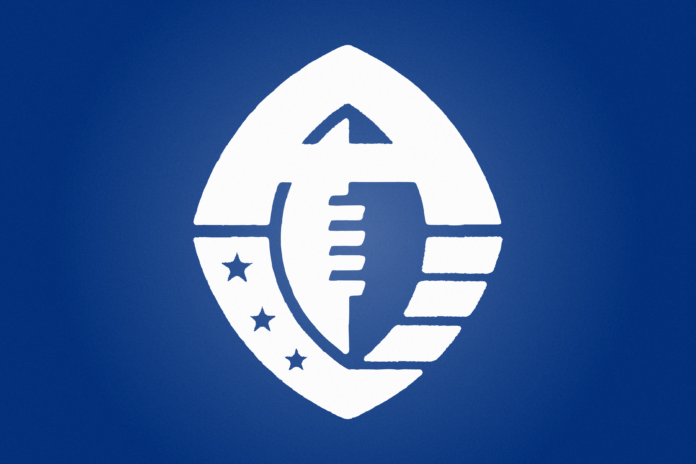The AAF becomes another football league added to the list of failures
On April 3, the owner of the Alliance of American Football, Tom Dundon, suspended all operations of the league, just two weeks before the end of the season. It is all but confirmed that the league will shut down its inaugural season. The final two weeks of games, in addition to the playoffs, will not be played. Players were informed a day before the official announcement that everything was being suspended, and now many players are left without jobs, places to live and any hope of playing professional football.
There is no clear answer as to why exactly the league shut down, but there is speculation about what happened. After starting off its first week of action with satisfactory ratings and decent attendance, the AAF’s first bump in the road came in just its second week, when reports alleged that players had not yet been paid.
The AAF claims that there was a glitch in its payroll system, leading to players not getting their money. Aat the same time that the issue was resolved, however, Carolina Hurricanes owner Tom Dundon committed $250 million to the league, leading many to believe that the AAF was already in financial trouble.
Although many league officials publicly denied any financial struggles, speculation remained. After all, the co-founder Charlie Ebersol told Variety in March of 2018 that the league would not disclose how much funding it had but was confident that it would “have the right team and long-term financial resources in place to ensure fans will experience high-quality professional football for many seasons to come.”
It seems differing views between co-founder Bill Polian and investor Tom Dundon ultimately led to the suspension of the league. When Dundon committed his $250 million to the league, he was given a chairman position in the league and had power over the ultimate direction it would take.
As the season went on, the football improved, and the talent was on display. The league seemed to be ahead of schedule, but Dundon was looking for a big move. The AAF and NFL Players Association began discussing the possibility of using NFL teams’ practice squad players in the league and developing them in the spring so that they were prepared for NFL training camp. Although this deal could have worked, players’ collective bargaining agreement needed to be reviewed, which takes time. Dundon, however, did not want to wait. He pressured the NFLPA to get the deal done. After all, Dundon did give the league 70 million dollars upfront, and he felt like his investment would burn up rapidly at the league’s current pace. When the deal was not completed, Dundon suspended league operations, catching everybody off-guard.
The sudden suspension of the league left not only players without jobs but all AAF staff members without jobs as well. Reports surfaced of players not being given flights back home, players being charged for hotel rooms the team should have been covering and possible pending lawsuits.
Sports Illustrated’s Robert Klemko reported that players were forced to buy their own flights back home. Memphis Express tight end Adrien Robinson tweeted out that he and a teammate had been charged $2,500 from a team hotel at which they stayed. Although this issue and many other similar cases were eventually resolved (the players were eligible for reimbursement), the AAF faced much bigger challenges.
Since the league did have two more weeks left and the playoffs scheduled in the season, it had rented out stadiums, hotels and transportation ahead of time. The sudden disbanding of the league left many of these sites and businesses wondering if they would even get their money. A report from Yahoo showed that the AAF owed the University of Central Florida over $300,000 in unpaid rent and could be faced with a lawsuit. Additionally, a “significant number” of hotels in San Antonio were still left unpaid according to a statement given to the San Antonio Express-News. How the league will manage to pay all of the debts is currently unknown.
While the AAF’s sudden end left many searching for answers, there was something that showed the league had, to a point, worked. According to Yahoo Sports, 44 players from the AAF were signed onto NFL training camp rosters. Regardless of whether they end up making an active roster or not, the fact that these players were immediately signed shows that the league did have talent and likely allowed these players to get another legitimate shot at either returning to the NFL or going pro for the first time.
Despite the league’s prematurely ended season, there is still a possibility that it can be back next year. If the league somehow manages to restructure itself and gain new capital, the AAF could continue and prove it is not like every other failed football league.
Written by: Omar Navarro — sports@theaggie.org





